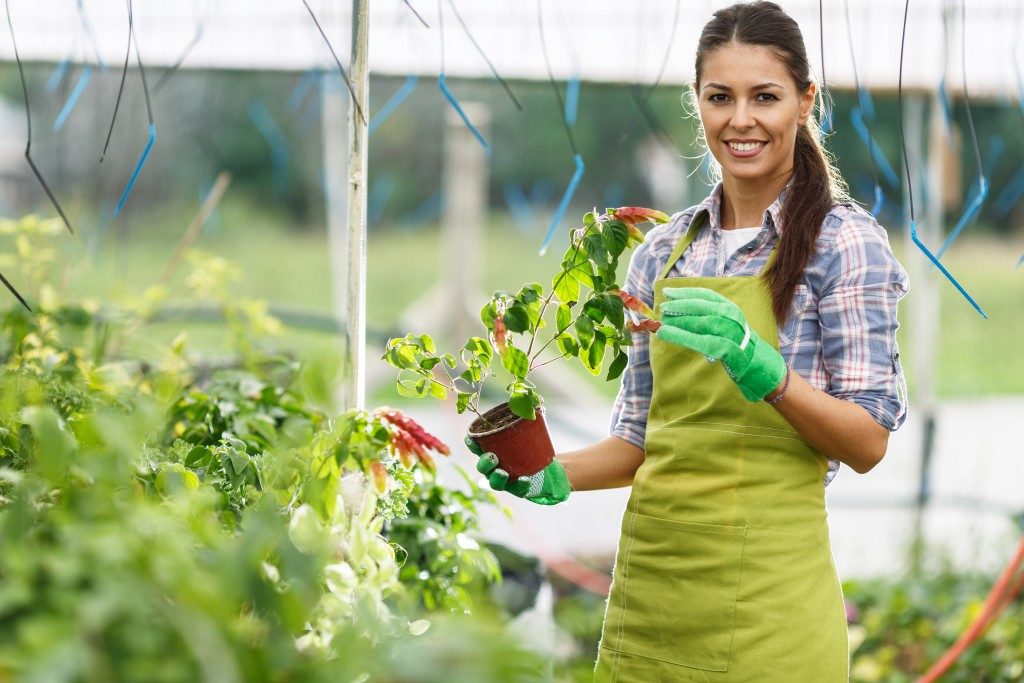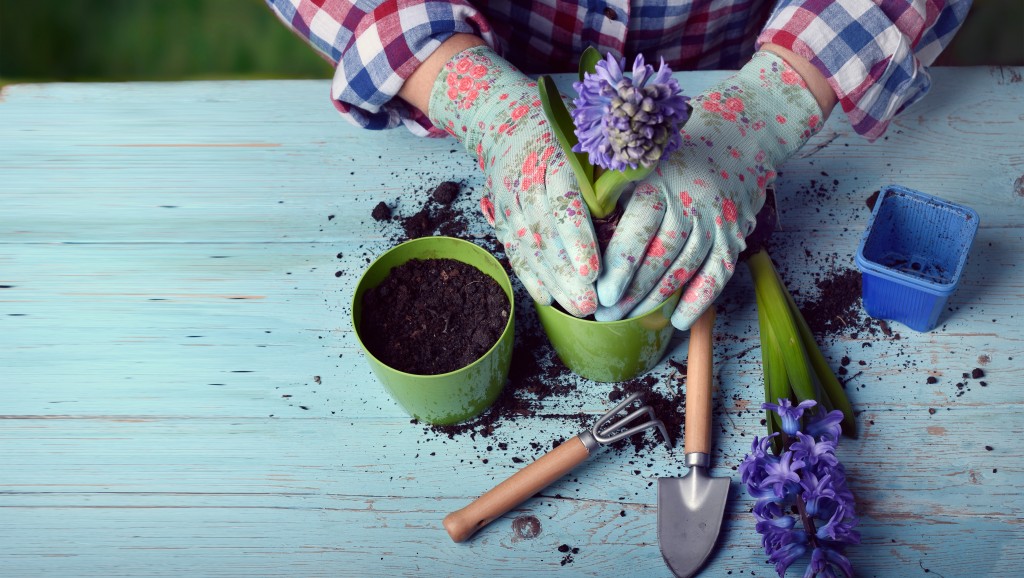- Choose a spot with 6+ hours of sunlight, adequate drainage, and a water source.
- Prepare the soil by removing weeds/grass, tilling to 10” depth, adding compost/organic matter, and testing pH levels.
- Select plants based on local climate, soil type, available sunlight, water needs & level of care.
- Water & fertilize plants regularly, mulch to retain moisture, and monitor for pests.
- Wear protective clothing when using pesticides & follow instructions carefully.
Gardening is a fulfilling hobby, and it can be even more satisfying when done right. Whether you’re a beginner or an experienced gardener, there’s always something new to learn.
This blog post shares some expert tips for setting up and cultivating your backyard garden. It will cover everything from soil preparation and plant selection to harvesting and pest control. So, roll up your sleeves, put on your gardening gloves, and get started.

Choose the Right Spot
The first step in setting up your backyard garden is choosing the right spot. A good garden spot should receive at least six hours of sunlight per day, be well-drained, and have access to a water source.
Garden Size
It’s also essential to consider the size of the garden and the types of plants you want to grow. Some plants require more space, while others can thrive in containers. Also, make sure to avoid planting your garden under trees, as they can block sunlight and rob your plants of nutrients.
Storage Area
Aside from the garden location, you should also look for a good place to set up a storage shed. This can be used to house gardening tools and supplies, such as hoses, hand tools, fertilizers, and pesticides. To save money when building a shed, you can build it yourself. You can look for easy-to-follow 8×12 shed plans. The plan should include pictures of a finished shed as well as a list of materials and tools needed for construction.
Prepare the Soil
After choosing the spot for the garden, you should prepare the soil. Start by removing any grass or weeds, then till the soil to a depth of at least 10 inches. Next, add compost or organic matter to improve the soil’s texture and fertility.
PH Level
You may also need to test your soil’s pH levels and adjust them accordingly. The ideal pH level for most garden plants is between 5.5 and 7.5. Finally, mix all of the ingredients and add a layer of mulch to help retain moisture.
Select the Right Plants
Choosing the right plants for your backyard garden is crucial to its success. Consider your local climate, soil type, and available sunlight when selecting plants. You can also group plants based on their water needs and how much care they require. It’s also important to consider the height and spread of each plant when designing your garden. This will help ensure that your plants don’t overcrowd one another or shade each other out.
Region-Appropriate Plants
Finally, remember to choose plants that are appropriate for your region. This will help ensure that the plants you select are hardy and able to thrive in your climate. With a little research and planning, you can create a beautiful backyard garden of healthy, hardy plants that will bring years of enjoyment.
Water and Fertilize
Watering and fertilizing your plants regularly is crucial to their growth and development. Most plants need at least an inch of water per week, so make sure to check the soil’s moisture levels frequently.
Nutrient-Rich Fertilizer
It’s also essential to fertilize your plants with a nutrient-rich fertilizer every three to four weeks. The type of fertilizer you use will depend on the types of plants you’re growing and their specific nutrient needs. Applying fertilizer at the recommended rate will help ensure your plants get all the nutrients they need for optimal health.
Add Mulch
Additionally, it’s important to mulch around your plants to help retain moisture and control weeds. This can be done with organic materials such as hay or grass clippings which are readily available in most garden centers.

Pest Control
Unfortunately, pests can be a major problem for backyard gardens. To prevent insect damage and diseases, it’s essential to monitor your plants regularly. You can use organic pest control methods, such as companion planting, crop rotation, and natural insecticides, to prevent and treat pests.
Remove Diseased Plants
Make sure to remove any diseased or pest-infested plants from your garden immediately to prevent the spread of diseases. If you notice any persistent or widespread pest problems, professional pest control services may be necessary.
Protective Clothing
No matter what methods you use to treat your garden, always remember to wear protective clothing when handling pesticides and to follow all instructions carefully. With a bit of vigilance and the right practices, you can keep pests away from your backyard garden and ensure that it remains lush and healthy.
Setting up and cultivating your backyard garden requires some effort and know-how, but it’s a rewarding experience. By following these expert tips, you can create a healthy and productive garden that will provide you with fresh, home-grown produce all season long. Remember to choose the right spot, prepare the soil, select the right plants, water and fertilize regularly, and keep pests under control. With these tips, you’ll have a green thumb in no time!


